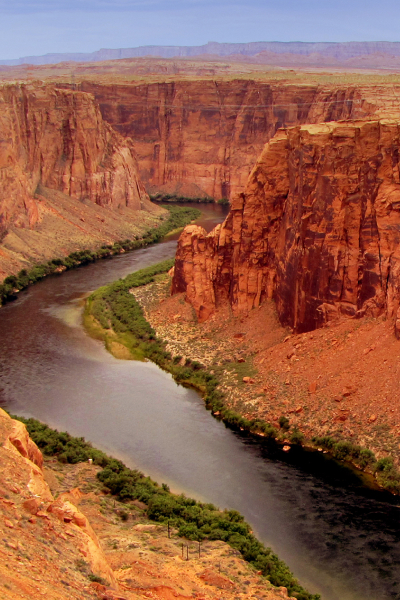Earth Structure: A Virtual Journey to the Center of Earth
Assign the reading quiz
This module has a multiple-choice quiz associated with it that allows students to check their own answers and get feedback that helps them choose the correct answer. Ask them to report their score and reflect on the questions they missed.
Use a just-in-time approach for formative assessment
In a just-in-time approach, students submit responses to questions at least an hour before class, and no more than 24 hours before. You review their responses before class begins and adjust in-class activities to build on their current understanding and ideas. A simple question like, “What surprised you or interested you from this reading?” can elicit student ideas and help them connect personally to the reading.
- 2 points: Complete and thoughtful answer to the question
- 1.5 points: Complete answer but does not go beyond what is written in text
- 1 point: Partial answer, does not support response
- 0.5 points Minimal answer, just a few words
- 0 points No response
For this module, consider asking students the following questions:
This module has a multiple-choice quiz associated with it that allows students to check their own answers and get feedback that helps them choose the correct answer. Ask them to report their score and reflect on the questions they missed.
Disciplinary Core Ideas in this module
HS-ESS2.A3 – Earth's Systems
The geological record shows that changes to global and regional climate can be caused by interactions among changes in the sun’s energy, Earth’s orbit, tectonic events, ocean circulation, volcanic activity, glaciers, vegetation, and human activities.
HS-ESS2.C1 – Earth's Systems
The abundance of liquid water on Earth’s surface and its unique combination of physical and chemical properties are central to the planet’s dynamics. These properties include water’s exceptional capacity to absorb, store, and release energy; transmit sunlight; expand upon freezing; dissolve and transport materials; and lower the viscosities and melting points of rocks.
MS-ESS2.C2 – Earth's Systems
The complex patterns of the changes and the movement of water in the atmosphere, determined by winds, landforms, and ocean temperatures and currents, are major determinants of local weather patterns.
MS-ESS2.D1 – Earth's Systems
Weather and climate are influenced by interactions involving sunlight, the ocean, the atmosphere, ice, landforms, and living things. These interactions vary with latitude, altitude, and local and regional geography, all of which can affect oceanic and atmospheric flow patterns.







